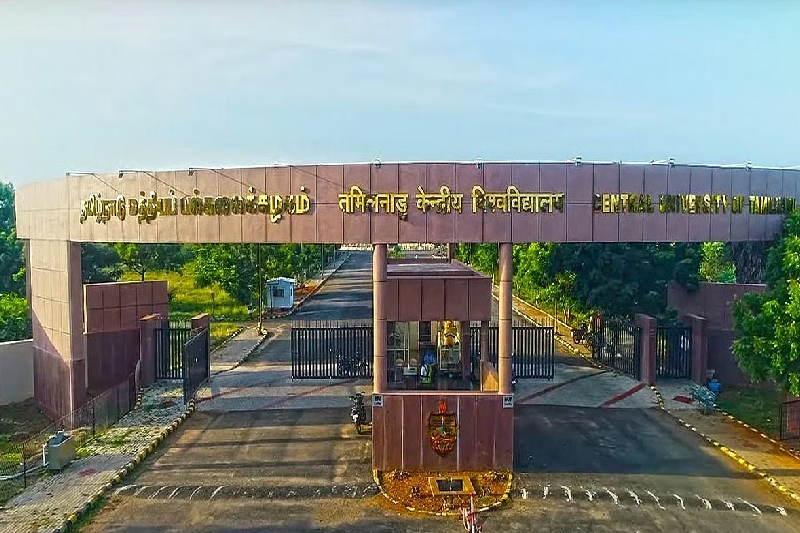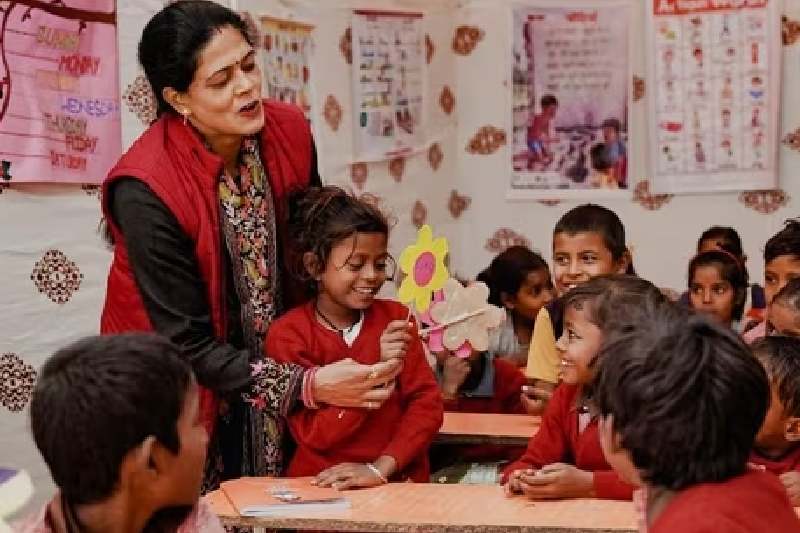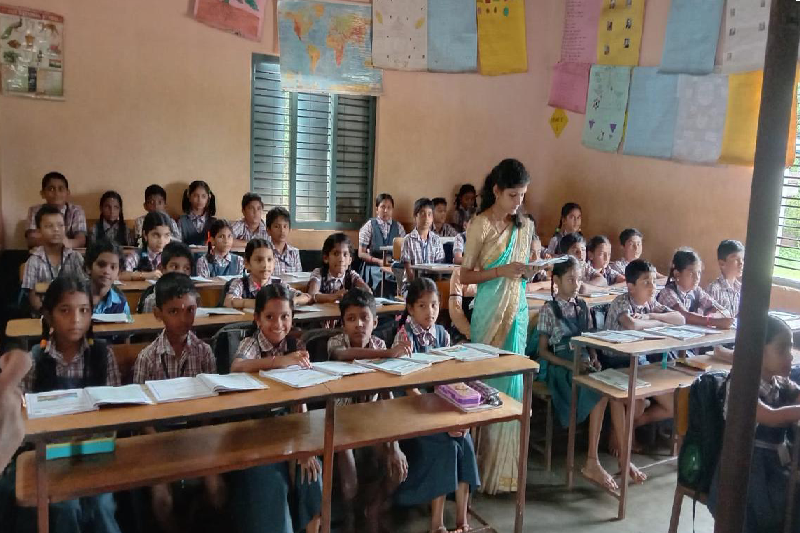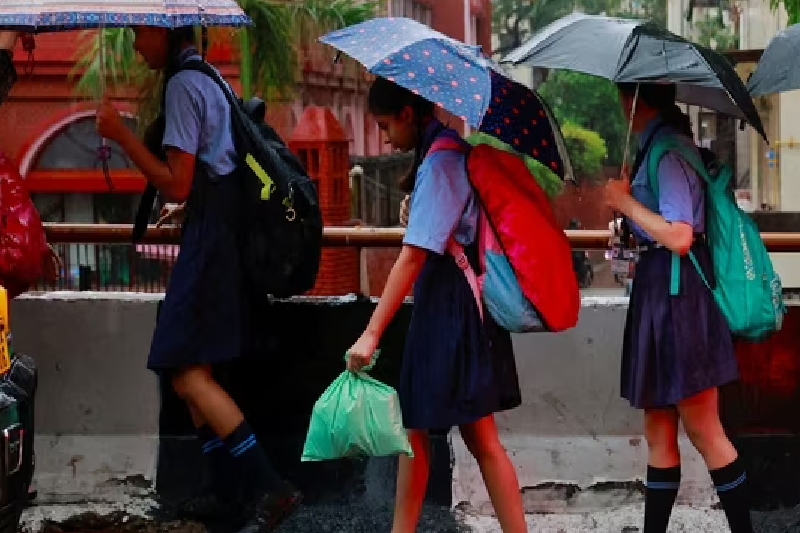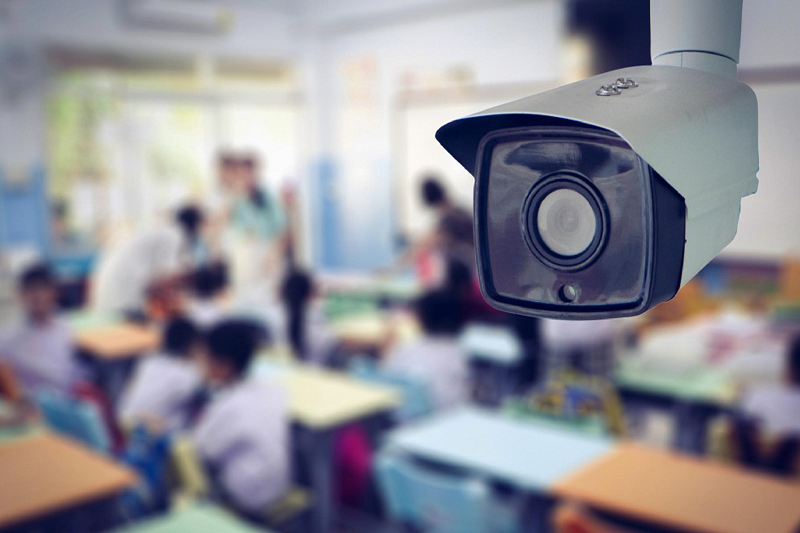
CBSE Makes CCTV Surveillance Mandatory in Schools: A Landmark Step for Campus Safety
In a significant move to enhance school safety, the Central Board of Secondary Education (CBSE) has made it mandatory for all affiliated schools to install CCTV cameras with audio-video recording capabilities. The updated rule, introduced through an amendment in Chapter 4 of the CBSE Affiliation Bye-Laws 2018, formalises earlier safety recommendations by the National Commission for Protection of Child Rights (NCPCR). The decision to foster physical and emotional security within school campuses is now a binding condition for CBSE affiliation.
Mandatory CCTV Coverage Across Key School Zones
According to the CBSE’s directive, all affiliated schools must install high-resolution CCTV systems with video and audio recording functionalities in key areas of the campus. These areas include:
- School entry and exit points
- Corridors and staircases
- Lobbies and waiting areas
- Classrooms and laboratories
- Libraries, canteens, and store rooms
- Playgrounds and other standard zones
Importantly, toilets and washrooms are exempt from this mandate, which aligns with privacy norms.
The new rule stipulates that these surveillance systems must be capable of real-time recording. Moreover, the footage must be stored securely for at least 15 days, with backups readily accessible to regulatory authorities upon request.
Alignment with NCPCR’s Manual on School Safety
This formal mandate closely follows the recommendations made by the NCPCR in its Manual on Safety and Security of Children in Schools. The manual defines school safety as a multidimensional concept involving protection from physical harm, emotional stress, abuse, bullying, disasters, and accidents.
One of the key insights from the manual is that emotional and psychological safety often goes undetected. By introducing comprehensive surveillance mechanisms, the CBSE aims to prevent external threats and monitor internal risks such as harassment or bullying that may otherwise go unnoticed.
The CBSE’s amendment directly supports this holistic vision of safety, expanding the scope of what it means to create a safe learning environment, both physically and emotionally.
Why This Move Matters: A Multi-Stakeholder Approach to School Safety
The revised Affiliation Bye-Laws emphasise that ensuring student safety is not the sole responsibility of school management. Instead, it is a shared responsibility involving:
- Teachers and school staff
- Students and peer groups
- Support staff, including special needs assistants
- Contractors and service providers
- Parents and external visitors
By mandating audio-visual surveillance, the CBSE empowers schools to adopt a culture of vigilance and accountability, helping detect early warning signs of danger and inappropriate behavior.
Expected Benefits of CCTV Surveillance in Schools
- Prevention of Violence and Misconduct: With surveillance in place, incidents of bullying, harassment, or physical fights can be significantly reduced.
- Enhanced Vigilance Against External Threats: Entry and exit point monitoring helps prevent unauthorised access, ensuring student security during school hours.
- Evidence-Based Conflict Resolution: Audio-visual recordings are impartial records during disciplinary investigations or parent complaints.
- Emergency Response Readiness: Real-time feeds help schools swiftly respond to emergencies like accidents, intrusions, or natural disasters.
- Peace of Mind for Parents: Knowing their children are under constant protection builds trust and transparency between schools and families.
Implementation Guidelines and Compliance Expectations
CBSE has directed all affiliated schools to adhere to the new rule “in letter and spirit.” This means schools must install CCTV systems and ensure they are functional, secure, and regularly maintained.
Key compliance requirements include:
- Installation of high-definition cameras with audio-video capabilities
- Real-time recording and 15-day minimum storage of footage
- Availability of backups for review by authorities
- Exclusion of private spaces like toilets and washrooms
- Transparent communication to stakeholders regarding surveillance coverage
Schools must invest in appropriate infrastructure, technical support, and data security measures to comply with these guidelines.
Challenges Ahead and the Need for Ethical Surveillance
While the move is being hailed as a much-needed step toward ensuring child safety, it also raises some operational concerns:
- Data privacy and protection: Ensuring surveillance data is not misused or leaked will require strict cybersecurity protocols.
- Cost implications: Smaller schools may find setting up and maintaining high-end surveillance systems burdensome, especially in rural areas.
- Training and awareness: Staff must be trained to handle surveillance systems ethically, without infringing on students’ dignity.
To address these, CBSE may issue further standard operating procedures (SOPs) and conduct orientation sessions to support seamless implementation.
Conclusion: A Defining Moment for School Infrastructure Policy
The CBSE’s move to make CCTV cameras compulsory across all affiliated schools is a milestone in strengthening India’s school safety framework. While the physical installation of cameras is a step forward, the actual test will lie in how schools integrate this policy into a broader culture of care, vigilance, and emotional support.
This mandate aligns with NCPCR’s broader vision of child safety and reinforces the idea that schools are not just centres for academic learning but also sanctuaries of holistic well-being.
As implementation unfolds in the coming months, this initiative will serve as a benchmark for other educational boards and institutions striving to create secure, inclusive, and transparent learning environments.
